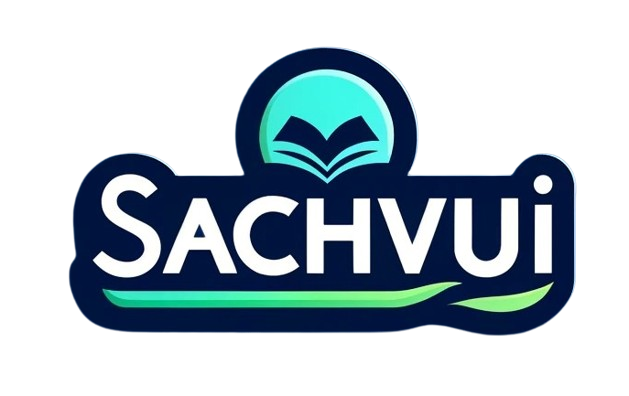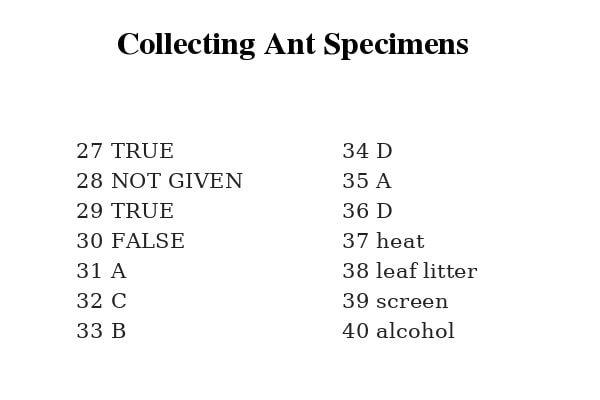For all the books we may have read during our lifetime, we probably haven’t paid much attention to the actual parts that, collectively, comprise the interior content of books. From the title page that launches the front matter to the index or bibliography that completes the back matter, the sections of a book all serve a particular role in its cohesion.
When self-publishing your first book, it pays to know how the parts of a book function as integral parts of the larger whole. Understanding not only each component’s purpose but also the exact placement of each within the body of the manuscript will keep you on track to align with the publishing industry standards.
Basic Parts of a Book to Know Before Publishing
The anatomy of a book is divided into two primary sections, the front matter and the back matter.
As you can surmise, the front matter precedes the body of work or the story. And, accordingly, the back matter follows the work or story. Not every manuscript will include all of these parts. The author selects the parts of the book that best fit his or her genre or story.
For example, a nonfiction book may require some additional back matter elements, such as an appendix or addendum. It may even need a timeline or chronology, elements not required in a work of fiction. The author will pick and choose the elements that are appropriate for their specific book.
So, what are the parts of a book?
Front Matter
The front matter is the first section of the book that the reader encounters. These pages outline the various technical details as well as some input from the author about what inspired or drove the project. The front matter includes:
1. Title page
The title page contains the title of the book, the subtitle, the author or authors, and the publisher.
2. Copyright page
The copyright page, or edition notice, contains the copyright notice, the Library of Congress catalog identification, the ISBN, the edition, any legal notices, and credits for book design, illustration, photography credits, or to note production entities. The copyright page may contain contact information for individuals seeking to use any portions of the work to request permission.
3. Dedication
The dedication page allows the author to honor an individual or individuals. The dedication is usually a short sentence or two.
4. Table of contents
The table of contents outlines the book’s body of work by dividing it into chapters, and sometimes sections or parts. Much thought goes into the titles of the chapters, as the chapter titles can set the tone for the book. When someone quickly glances through the table of contents, they should be able to discern the scope and basic theme of the book.
5. Foreword
The foreword is a short section written by someone other than the author that summarizes or sets up the theme of the book. The person who writes the foreword is often an eminent colleague or associate, a professional who has had personal interaction with the author.
6. Acknowledgments
This page allows the author to express thanks to individuals who may have inspired them, contributed research or data, or helped them during the writing process. Acknowledgments are a public thank you for the support and contributions of individuals who were involved in the project.
7. Preface or Introduction
The author explains the purpose behind writing the book, personal experiences that are pertinent to the book, and describes the scope of the book. An introduction can be deeply personal, seeking to draw the reader into the book on an emotional level, and usually explains why the book was written. For scholarly works, the preface or introduction helps erect a framework for the content that follows, as well as to explain the author’s point of view or thesis.
8. Prologue
With works of fiction, the prologue is written in the voice of a character from the story and sets the scene prior to the first chapter. This section may describe the setting of the story or the background details and helps launch the story.
Body Matter
The core content of the book is referred to as the body matter. This is a collection of chapters, sometimes divided up into sections, in which the body of work is organized. In works of fiction, chapters drive the narrative, events, and locations in the story. In nonfiction, chapters might each consist of a singular area of study.
Back Matter
Once the story is completed, it is followed by back matter or end material, those pages that include references pertaining to the core content, as well as an author biography in some cases. Back matter includes:
1. Afterword or Epilogue
These are author comments that follow the end of the body matter. These thoughts may summarize the project or the experience of writing it that helps bring closure to the book. The epilogue can help soothe the reader after a particularly harrowing story. Or even serve as a final chapter that helps to wrap up the loose ends of a story.
2. Appendix or Addendum
The addendum refers to documents that were added after the body of work that may not have fit in with the narrative or is simply additional information that fortifies the work.
3. Glossary
The glossary is an alphabetical list of terms and definitions found within the body matter. These terms may be common terms or specialized terms that refer to a particular field of study.
4. Bibliography or Endnotes
The bibliography is the listing of books or literary sources that were cited within the body matter. These sources may be books, magazines, or online sources that were accessed during the research phase. Endnotes resemble footnotes that are found in the back matter instead of at the footer of a page.
5. Index
A guide that offers an alphabetical list of terms, people, concepts, or events with the associated page number. The index provides an easy manner to locate key items within the body matter.
6. Author biography
The biography page summarizes the author’s professional background. The biography should be relevant to the publication and also include a few personal facts about the author. Instead of a page at the end, the author’s biography may be on the dust jacket, or on the back cover.
Need Help Formatting Your Book?
Once you have written a bestseller, there are important next steps to undertake. The next stage of publishing is ordering the various front matter and back matter elements according to standard publishing guidelines for the genre. Trying to sort out the basic parts of a book can become a quagmire for the novice who desires a professional final project, but who might benefit from a guiding hand.
The pros at Gatekeeper Press can assist the self-publishing author in assembling the various sections of a book in the correct order. In addition, our team can guide authors through all the formatting and design steps to create a first-class publication. Check out Gatekeeper Press today!


